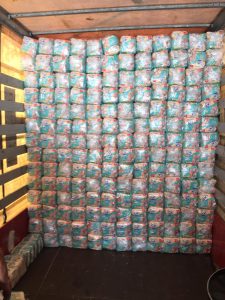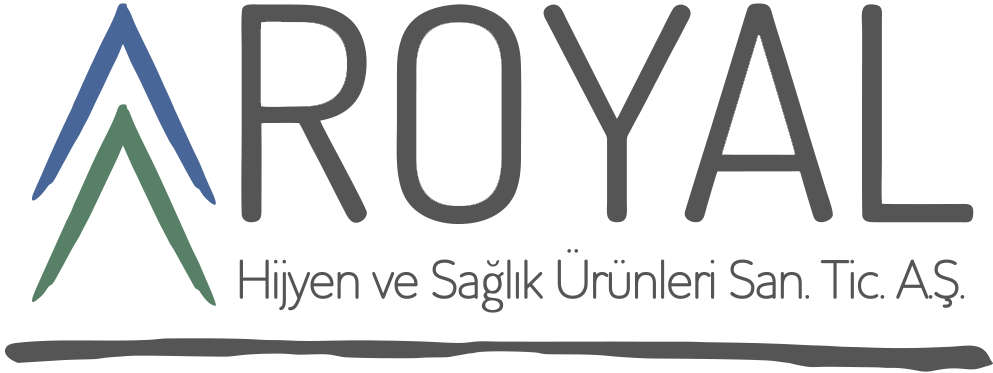Baby Diaper Production Process
Baby Diaper Production Process The production of baby diapers involves a series of meticulously designed processes to ensure that the final product is safe, comfortable, and effective. This article outlines the key stages in the production of baby diapers: raw material preparation, diaper assembly, and quality control.
Baby Diaper Raw Material Preparation
Baby Diaper Production Process The foundation of high-quality baby diapers begins with the selection and preparation of raw materials. The primary components include absorbent core materials, non-woven fabric, and elastic components.
- Absorbent Core Materials: The absorbent core is crucial for the diaper’s functionality. It typically consists of a blend of fluff pulp and superabsorbent polymer (SAP). Fluff pulp, derived from wood fibers, provides bulk and absorbency. SAP, a synthetic material, can absorb and retain large amounts of liquid. These materials are processed and mixed to create a highly absorbent core that can handle multiple wettings without leaking.
- Non-Woven Fabric: The outer and inner layers of the diaper are made from non-woven fabrics, which are soft and breathable. These fabrics are produced using methods such as spunbond or meltblown, where fibers are spun and bonded together without weaving. The inner layer, in contact with the baby’s skin, must be gentle and hypoallergenic to prevent irritation. The outer layer, which serves as a barrier to prevent leaks, must be durable and water-resistant.
- Elastic Components: Elastic materials, typically made from latex or synthetic rubber, are used to ensure a snug fit around the legs and waist. These components provide flexibility and adjustability, allowing the diaper to conform to the baby’s body while preventing leaks.
Method of Diaper Manufacture
The manufacturing method of baby diapers focuses on combining functionality with comfort. The key lies in using high-quality materials and assembling them in layers that can absorb, lock in moisture, and prevent leaks.
Here’s what makes up a typical baby diaper:
-
Top Sheet: This is the soft, breathable layer that comes in contact with the baby’s skin.
-
Absorbent Core: Made mostly of fluff pulp and super absorbent polymer (SAP), it draws in and traps liquid.
-
Back Sheet: A waterproof layer that prevents leaks.
-
Elastic Bands and Fasteners: These ensure a snug, secure fit without restricting movement.
Modern machines assemble these layers at incredible speeds while ensuring hygiene and consistency.
How are diapers made step by step?
The baby diaper production process isn’t just pressing a few layers together. It’s a well-coordinated system where each step plays a vital role:
-
Material Preparation: Rolls of nonwoven fabric, fluff pulp, SAP, and elastic threads are prepared.
-
Formation of Core: Fluff pulp is shredded and mixed with SAP to form the absorbent center.
-
Layer Assembly: The top sheet, core, and back sheet are layered and bonded using heat or adhesive.
-
Elastic Attachment: Leg cuffs and waistbands are added to improve fit and prevent leaks.
-
Shaping and Cutting: Diapers are cut into the familiar hourglass shape.
-
Quality Control: Cameras and sensors check for uniformity and flaws.
-
Packaging: Diapers are folded, counted, and packed for distribution.
Visual Guide: Diaper Structure at a Glance
Here’s a clean and simple table that breaks down the components of a standard diaper:
| Component | Material Type | Function |
|---|---|---|
| Top Sheet | Nonwoven Fabric | Keeps skin dry and soft |
| Absorbent Core | Fluff Pulp + SAP | Absorbs and retains liquid |
| Back Sheet | Polyethylene Film | Prevents leakage |
| Leg Cuffs | Elastic Fabric | Leak protection and snug fit |
| Fasteners | Hook & Loop Tape | Adjustable closure |
Diaper Assembly

Baby Diaper Production Process Once the raw materials are prepared, they are assembled into finished diapers through a series of automated processes.
- Core Formation: The absorbent core is created by combining fluff pulp and SAP. The mixture is spread onto a moving conveyor belt and pressed into a uniform layer. This core is then cut to the desired size and shape to fit various diaper sizes.
- Layer Construction: The outer and inner non-woven fabrics are cut and shaped to match the size of the absorbent core. The inner fabric is layered over the core, while the outer fabric is placed on top of it. These layers are then bonded together using heat or adhesive to form the basic diaper structure.
- Elastic Attachment: Elastic bands are attached to the diaper’s leg cuffs and waistband. This is done using either heat-sealing or adhesive bonding techniques. The elastics are stretched and attached in a way that allows the diaper to conform to the baby’s body while maintaining a secure fit.
- Fastening System: The diaper’s fastening system, which includes tabs or hook-and-loop closures, is added. These fasteners allow for easy adjustment and secure attachment. They are typically made from a combination of non-woven fabric and adhesive or Velcro.
- Final Shaping and Cutting: The assembled diaper is then cut and shaped into its final form. This step involves trimming excess material and ensuring that all edges are smooth to prevent irritation.
Quality Control
Baby Diaper Production Process Quality control is a critical stage in the diaper production process to ensure that each product meets safety and performance standards.
- Material Testing: Raw materials are tested for quality before they are used in production. This includes checking the absorbency of the core materials, the softness and breathability of the non-woven fabrics, and the elasticity of the elastic components.
- In-Process Inspection: Throughout the production process, various checkpoints are implemented to monitor the quality of the diapers. This includes inspecting the assembly of the core, the attachment of elastic bands, and the functionality of the fastening system.
- Final Product Testing: Finished diapers undergo rigorous testing to ensure they meet industry standards. This includes testing for absorbency, leak prevention, and overall durability. Diapers are also checked for any defects or inconsistencies in appearance and functionality.
Frequently Asked Questions
What is the core material used in diapers?
The core is usually made of fluff pulp mixed with super absorbent polymer (SAP) to soak up and retain moisture.
Are all diapers made the same way?
Not exactly. While the process is similar, premium diapers often include extra layers, skin-friendly top sheets, or eco-friendly materials.
How do manufacturers ensure diaper safety?
Diaper factories use quality control systems, lab testing, and certifications to ensure each product is safe for baby skin.
Can diaper production be eco-friendly?
Yes, some companies use biodegradable materials, energy-efficient machinery, and reduced plastic to minimize environmental impact.
“How are diapers made in factories?”
Diapers are made using high-speed machines that layer materials, form absorbent cores, and cut them into shape with precision and cleanliness.
“What materials are used in baby diapers?”
Nonwoven fabric, absorbent polymers, fluff pulp, elastic bands, and waterproof film make up a typical diaper.
“Are diapers made with chemicals?”
While some chemicals are used in absorbent materials, high-quality diapers are tested to be safe and hypoallergenic.
“Can I see how diapers are produced?”
Some manufacturers offer virtual tours or behind-the-scenes videos, but most factory floors are off-limits to the public for hygiene reasons.
Baby Diaper Production Process Once quality control is complete, the diapers are packaged and prepared for distribution. Packaging must be secure and hygienic to protect the diapers until they reach the consumer. Proper labeling ensures that the product information is clear and accurate.
In conclusion, the production of baby diapers is a complex process that requires careful coordination of materials, technology, and quality control. Each stage, from raw material preparation to final product testing, plays a vital role in creating a product that meets the needs of both babies and parents.

